The cylinder plays a central role in the operation of a ram extruder, which is widely used in the production of various materials, including polymers like PTFE. It acts as the chamber where the raw material is fed, processed, and forced through the extruder die. Below is a detailed breakdown of how the cylinder functions in the ram extruder process:
1. Material Feeding
- Raw Material Introduction: The cylinder is where raw PTFE or other materials are loaded for extrusion. The material is typically fed into the cylinder in solid form.
- Consistent Flow: As the ram extruder operates, the cylinder ensures the material is distributed evenly to avoid irregular flow.
2. Compaction and Heating
- Compaction of Material: Inside the cylinder, a ram applies pressure to compact the raw material, ensuring a uniform mass that can be extruded efficiently.
- Heat Application: The cylinder is heated to the necessary temperature, enabling the material to soften and become moldable. This is critical for PTFE, as it requires specific heating to achieve the right consistency.
3. Material Extrusion
- Pressure Application: Once the material is heated and compacted, the ram inside the cylinder pushes the softened material forward toward the die.
- Uniform Flow: The cylinder ensures the material flows smoothly and evenly toward the die, preventing blockages and irregularities.
4. Extrusion Continuity
- Continuous Operation: The cylinder allows for continuous extrusion, providing consistent material flow throughout the process, leading to uniform product output.
- Maintaining Shape: As the material is extruded through the die, the cylinder helps maintain the pressure and form needed for the final product shape.
In conclusion, the cylinder in a ram extruder is vital for ensuring smooth, controlled, and continuous extrusion, contributing to high-quality end products.
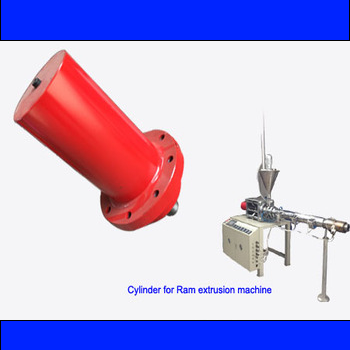
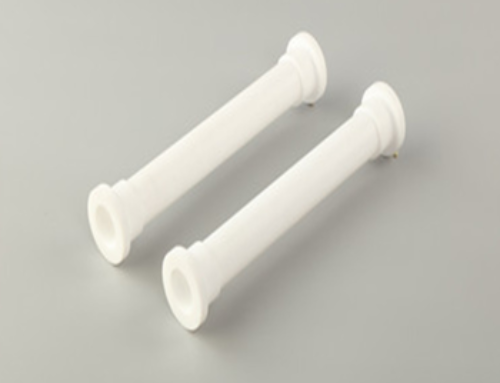
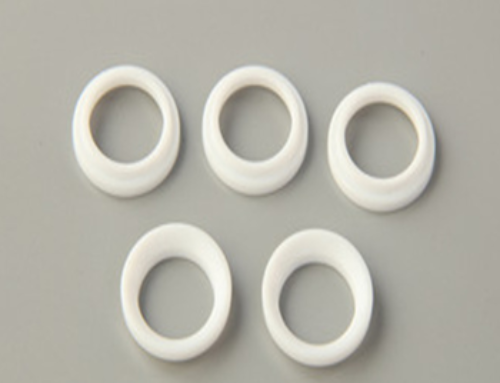
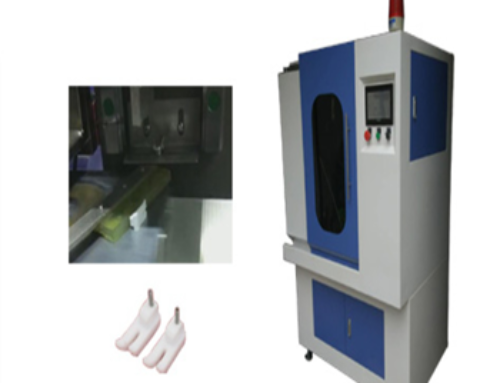
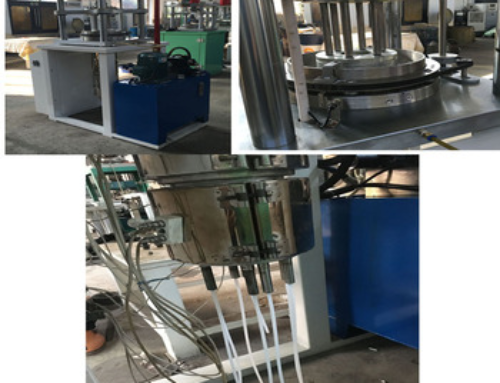
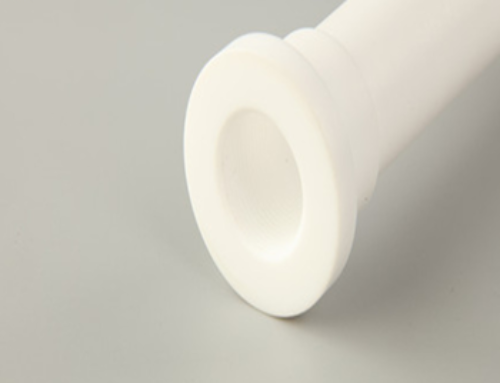

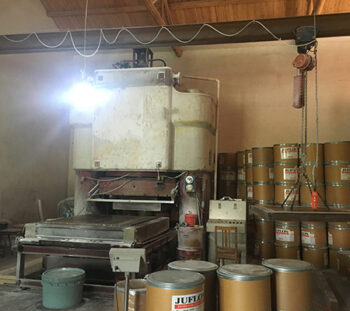
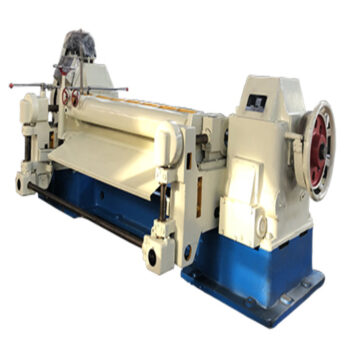
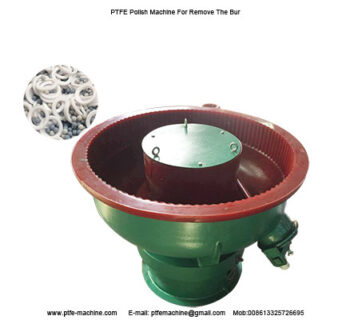
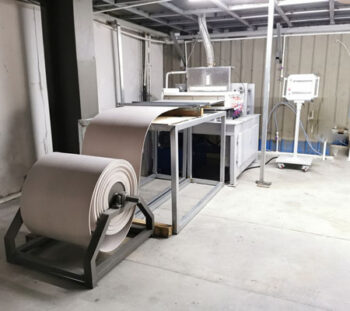
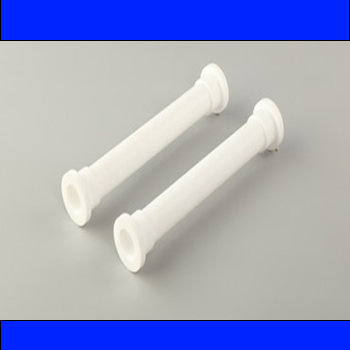

Leave A Comment
You must be logged in to post a comment.